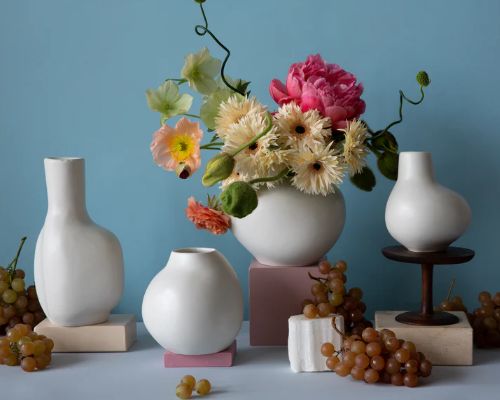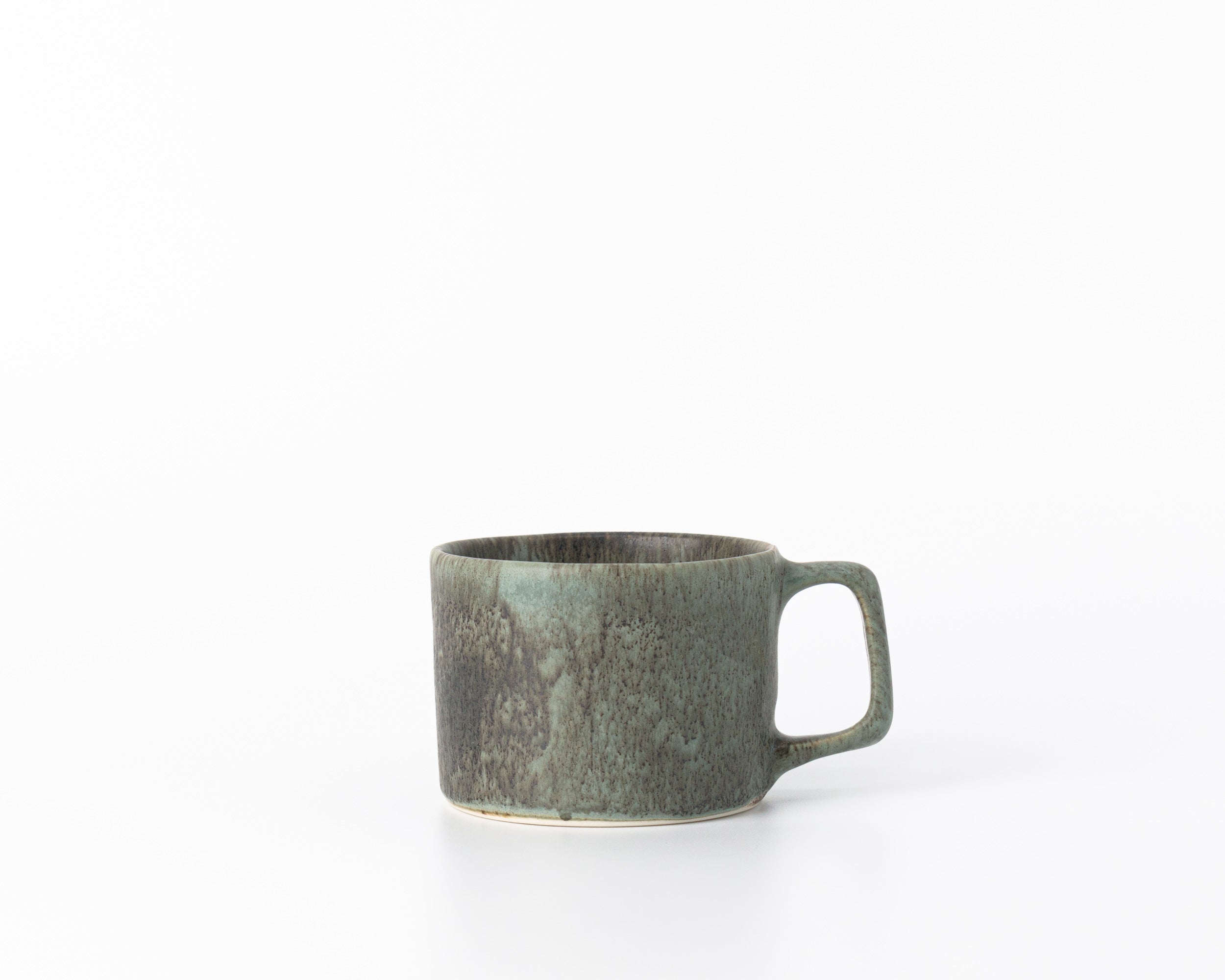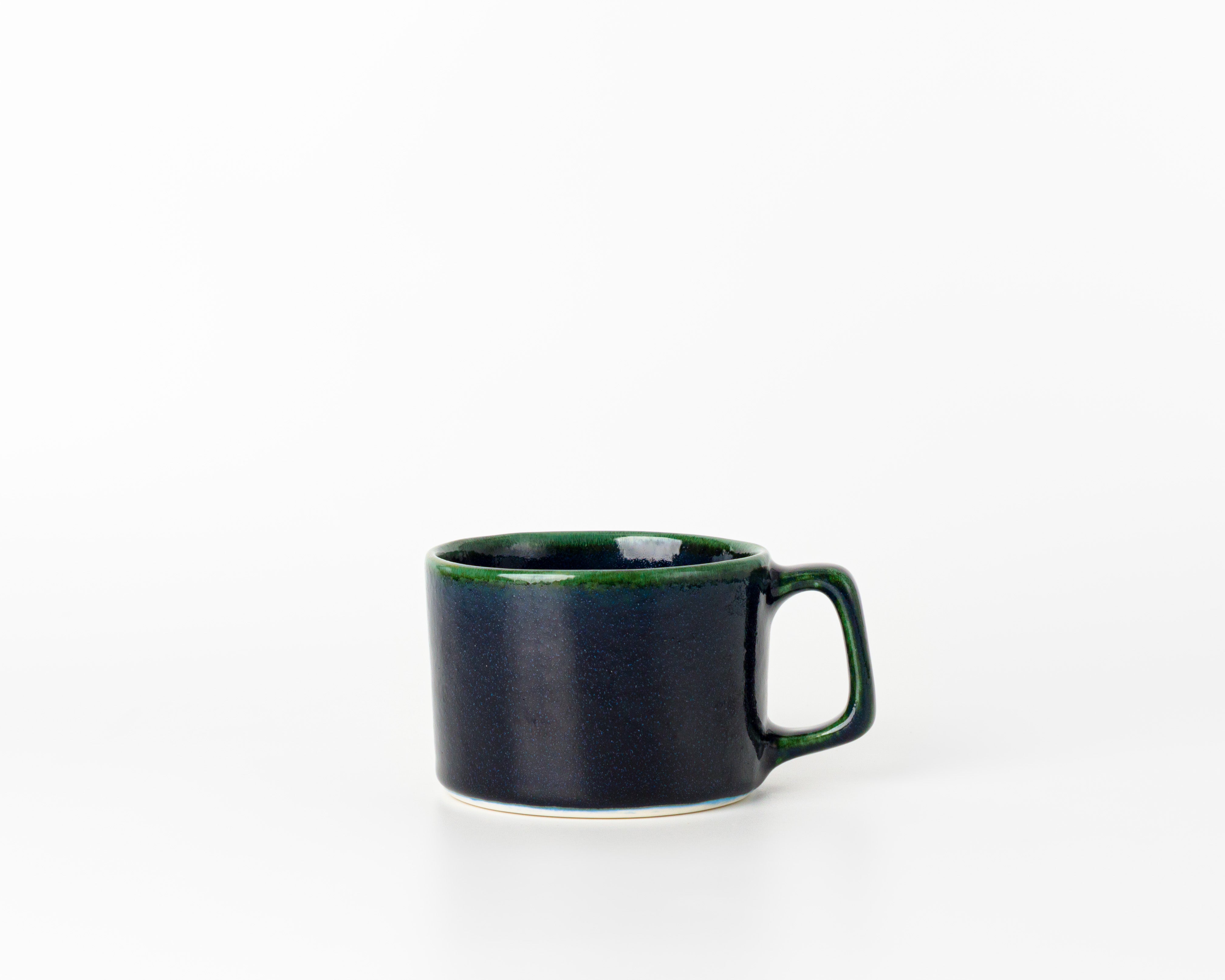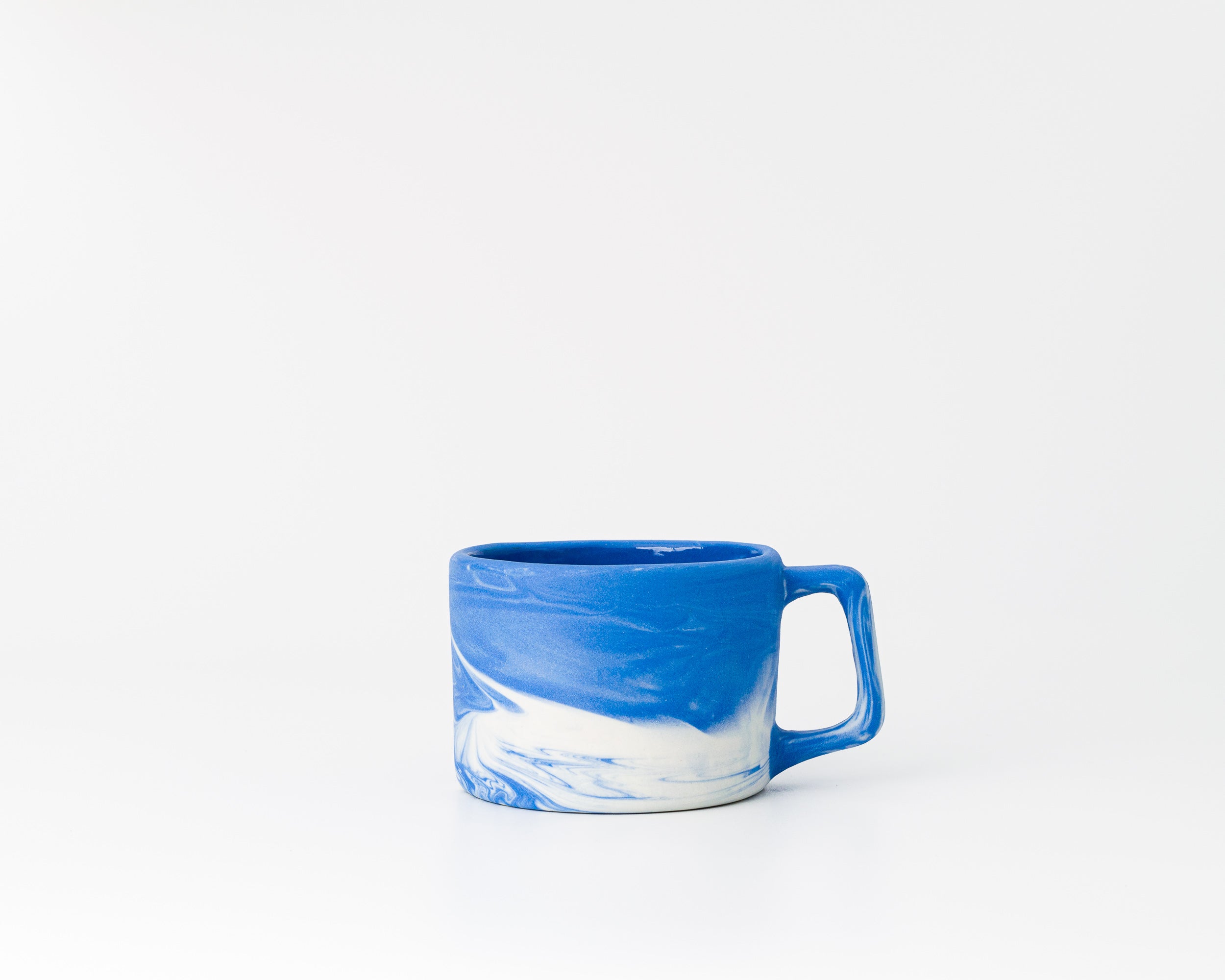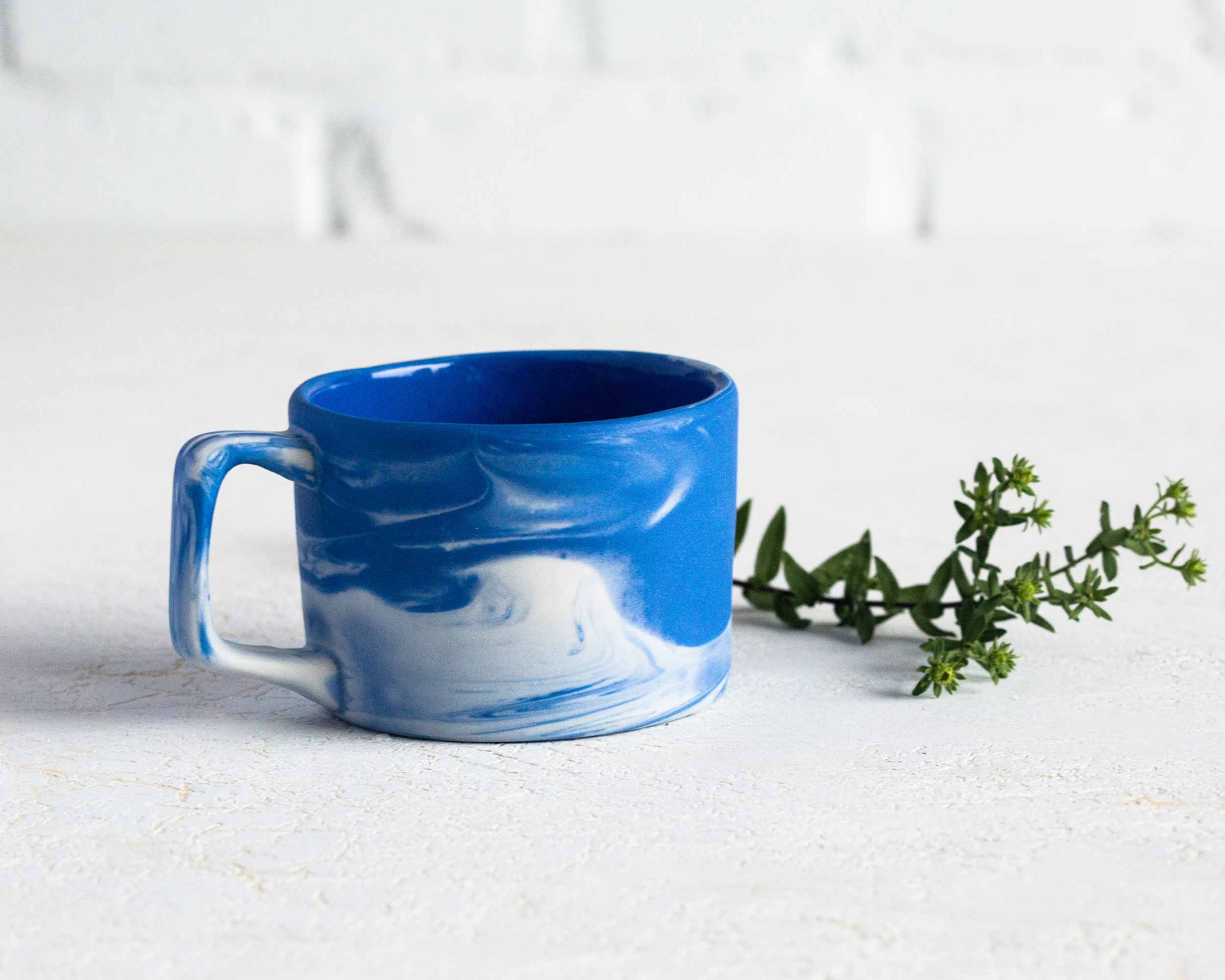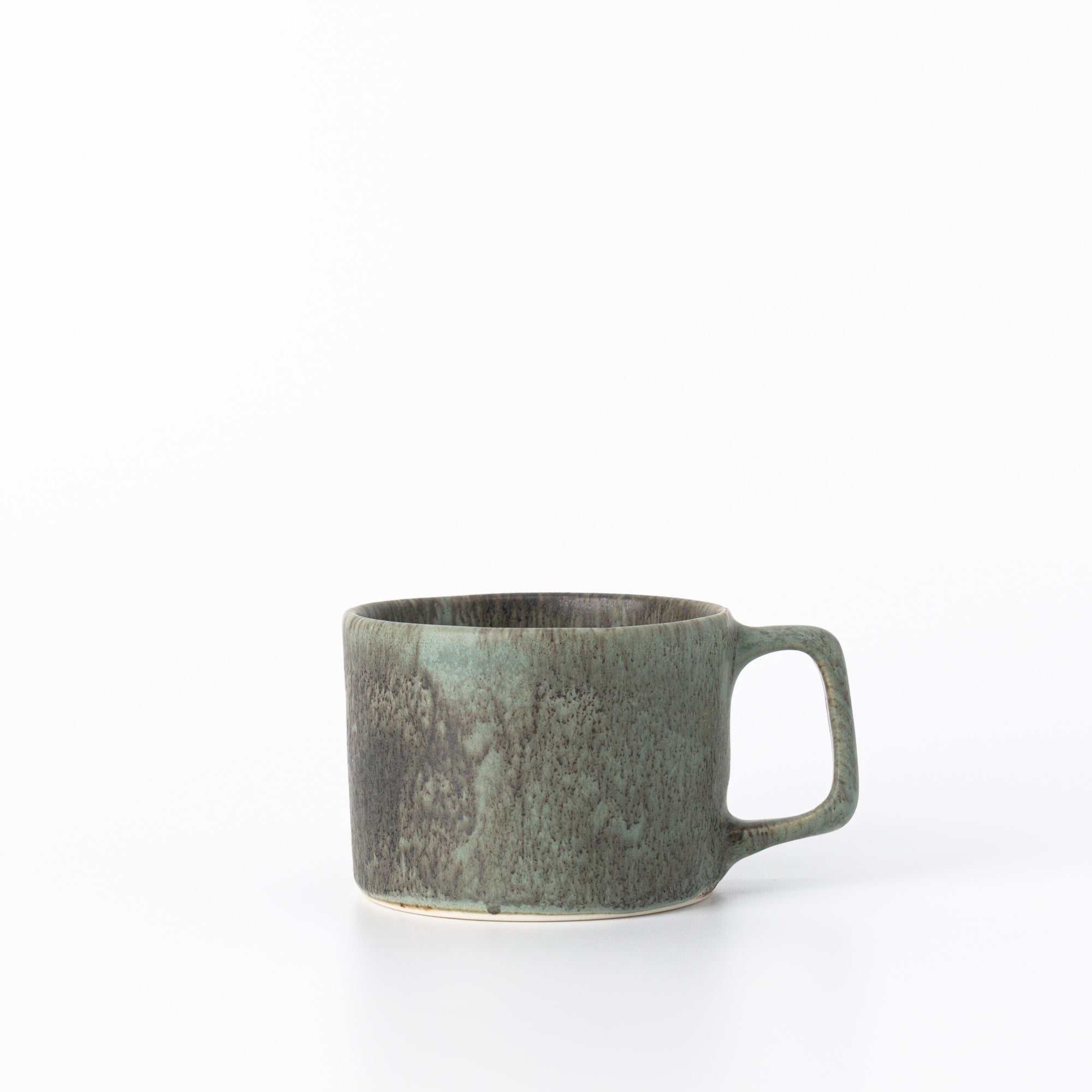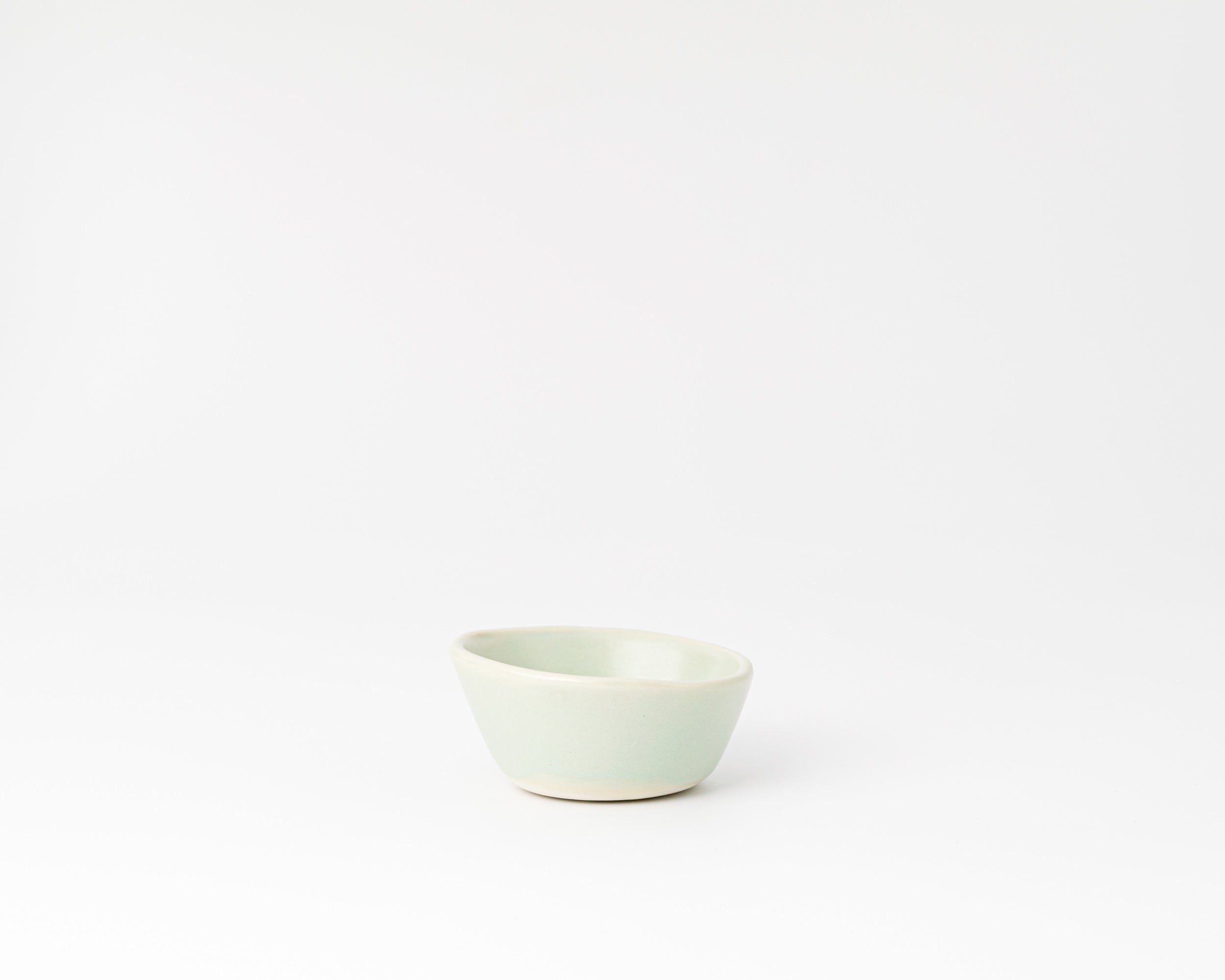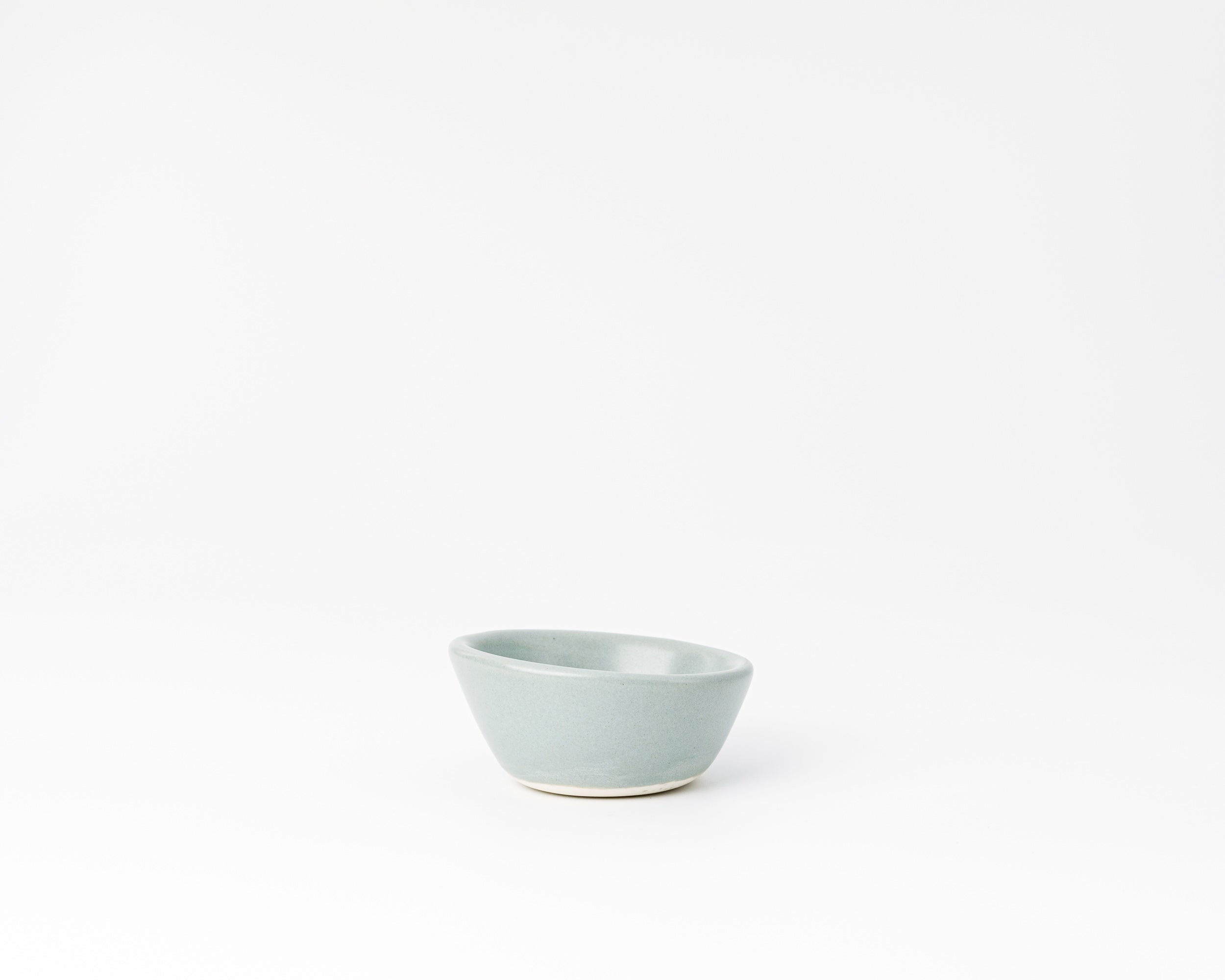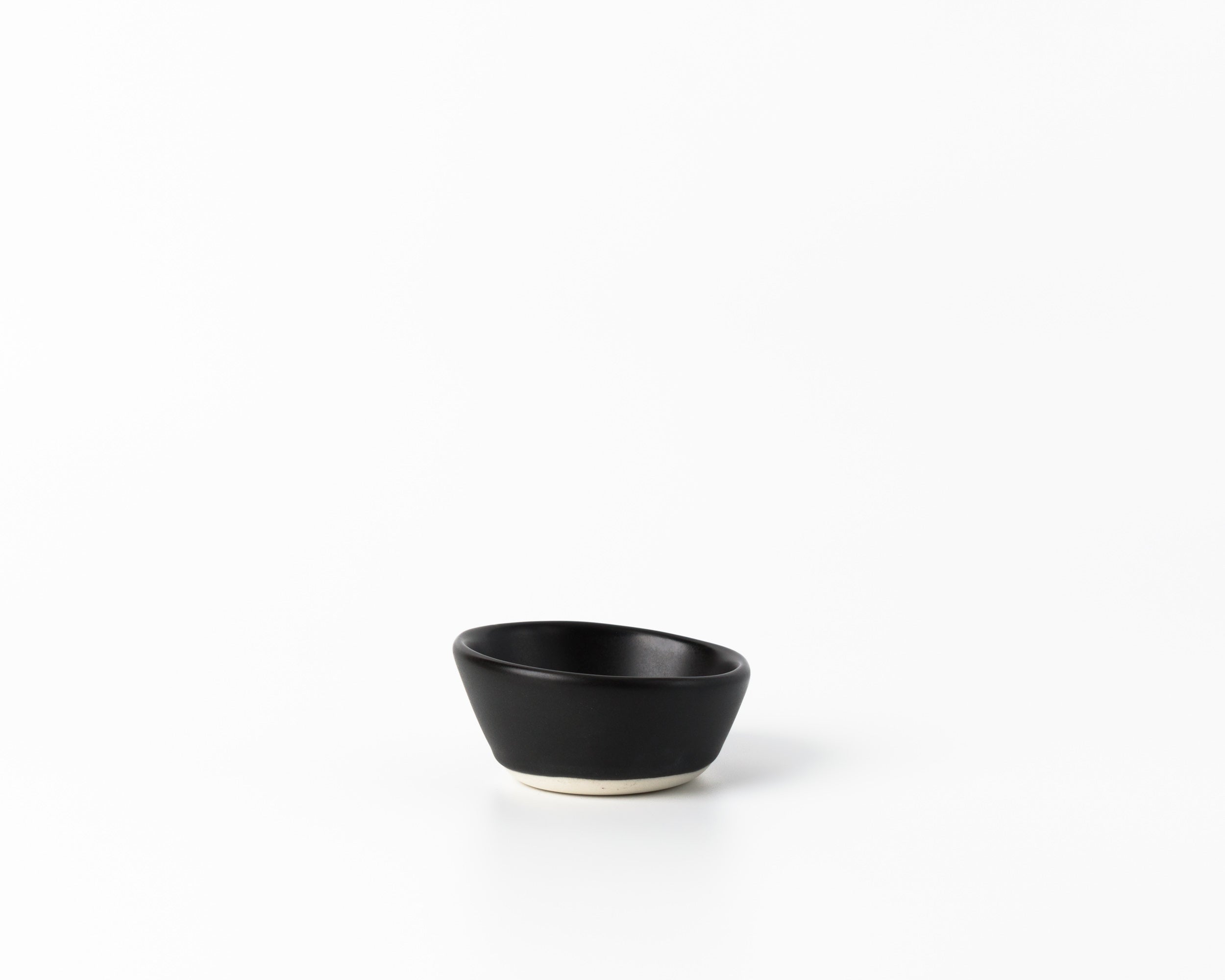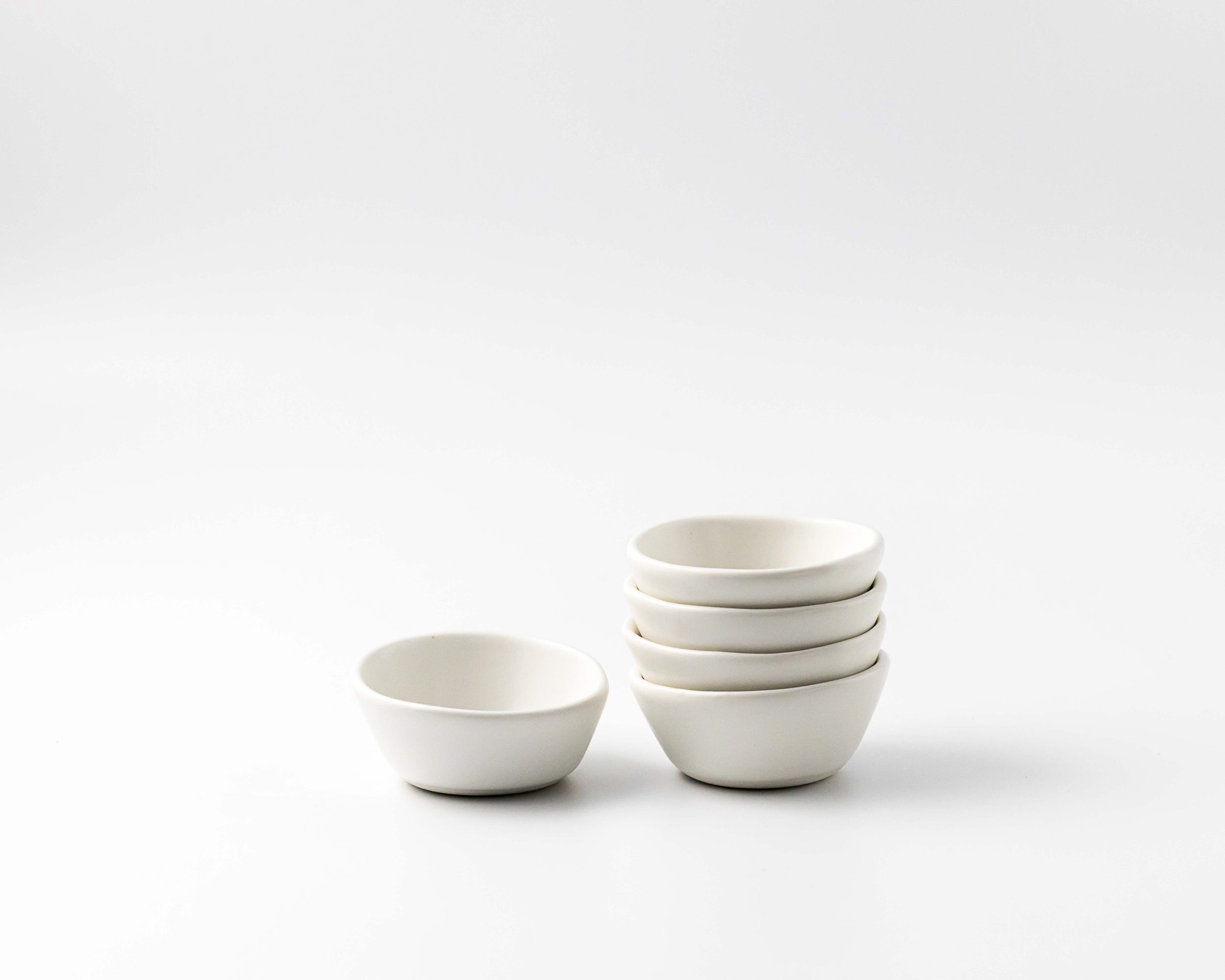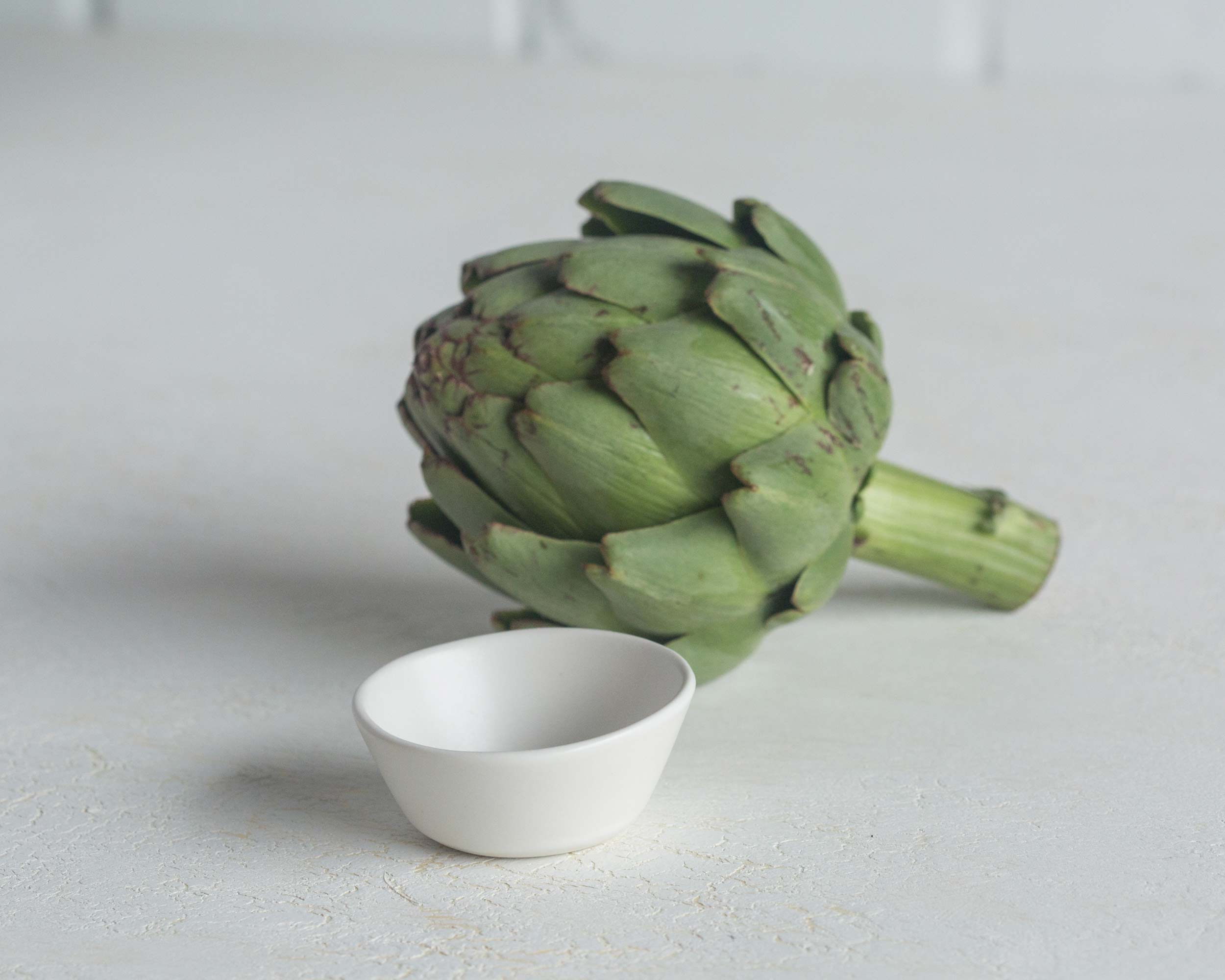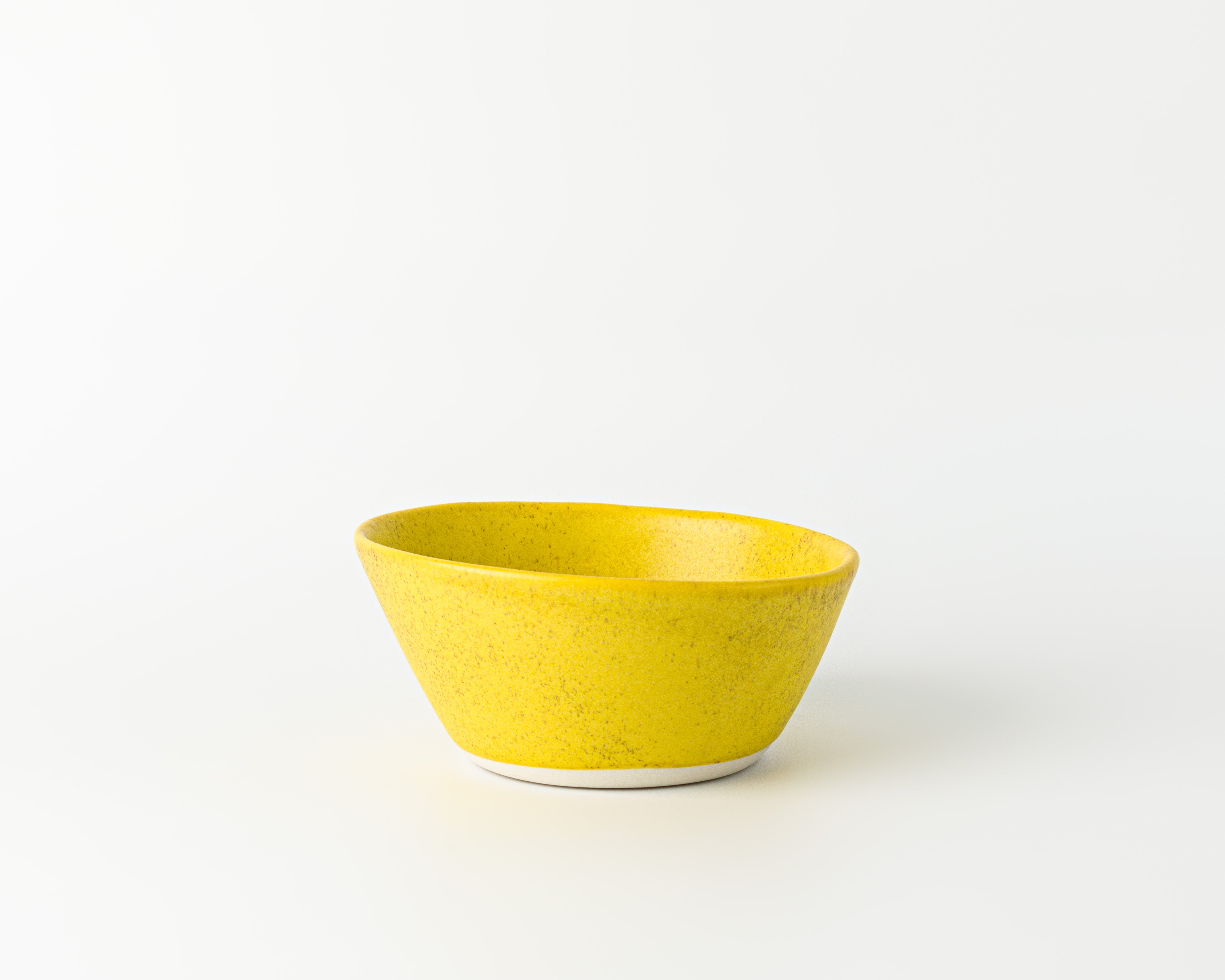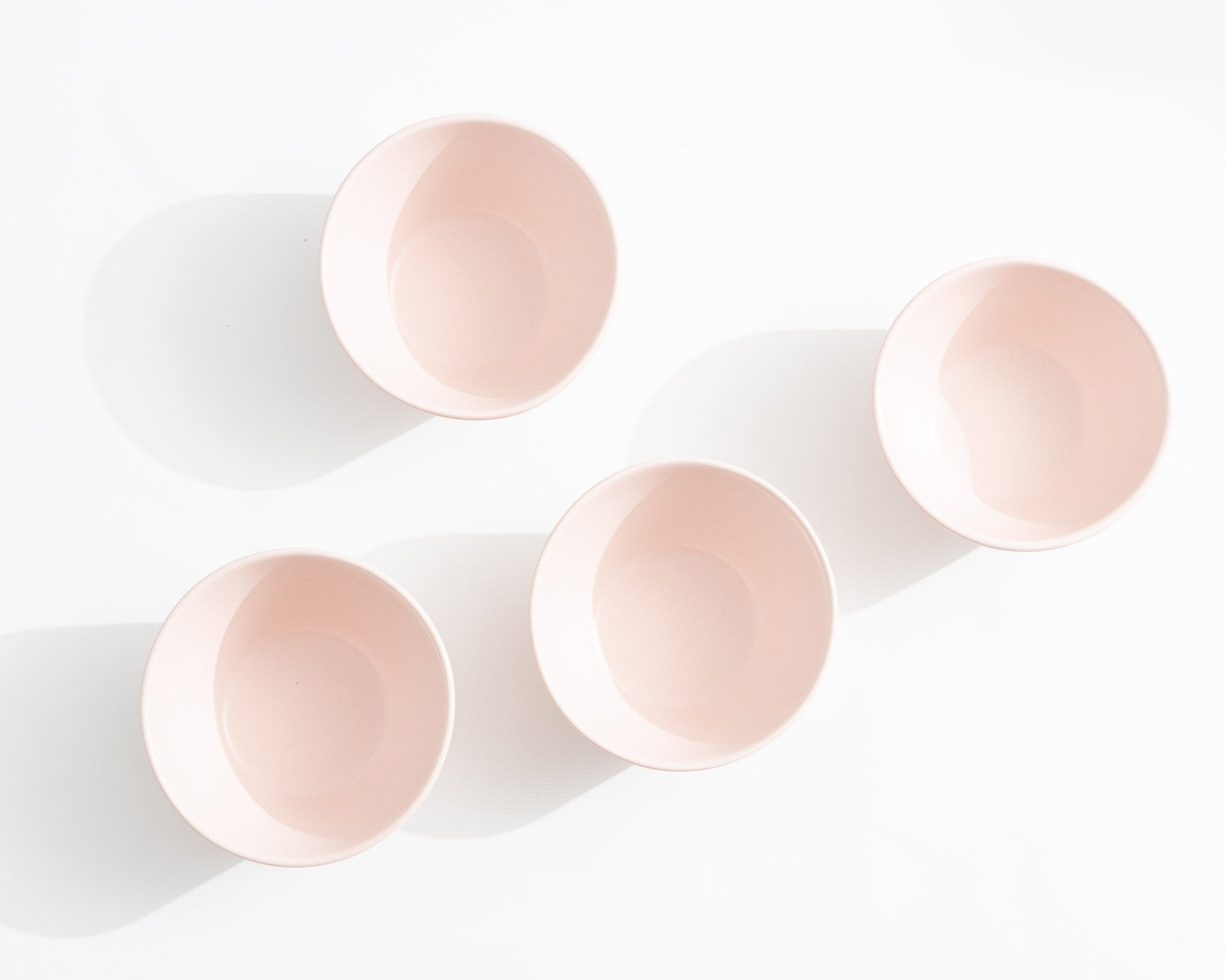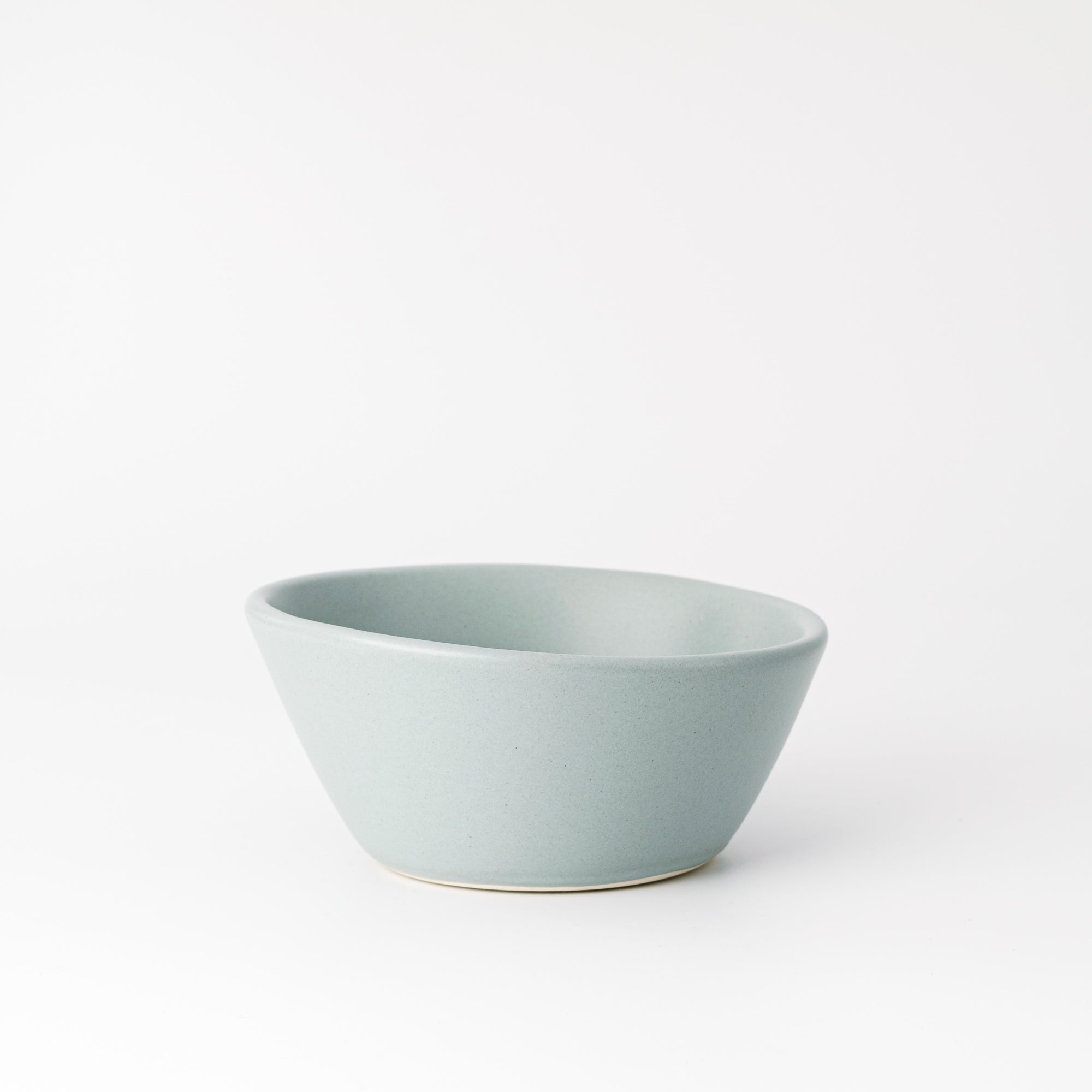
Porcelain can be a fickle, mean mistress. But we love it, because nothing else in the world has the tangible and intangible qualities it has. It's hard to narrow down exactly why, so we chose 3 to start with.
It's for special occasions and every day.


It's extremely durable.
Porcelain is not an easy material to work with, but we do not do things the easy way at Haand. We dance with the challenges and let this inform our processes. Haand’s porcelain is particularly hard and we fire it to an extremely high temperature, which fuses the piece in such a way as to make an object that is durable to use and uniquely pleasurable to hold.

It has history.
The material that we make our ware out of at Haand is a porcelain slip made up of 3 ingredients: Kaolin, Feldspar, and Flint. We use the highest quality available of each of these, and we are continuously amazed that the dry, white powders we combine with water each tell a story, the story of the geology of the area they are mined, and the history of the land where they were formed millions of years ago.





